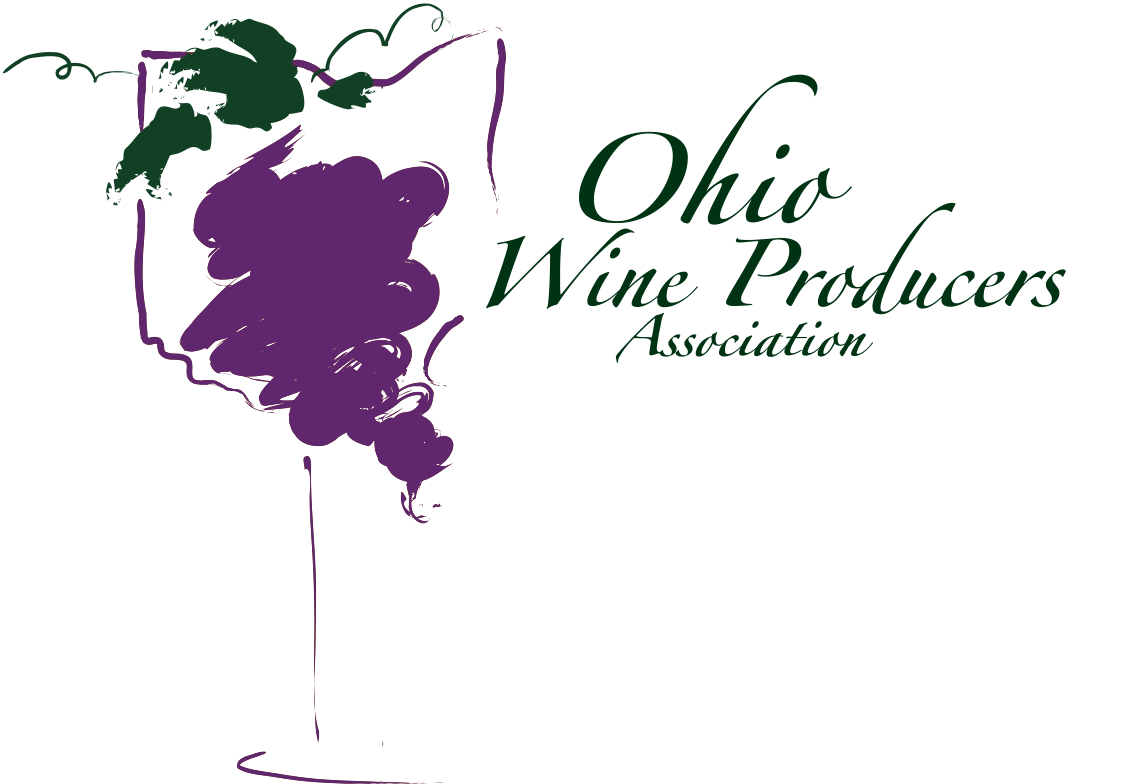Planning for the Generations
Of the 10000 or so wineries in this country, most are small and family-owned. This segment of the wine business is not for the impatient – often not for the childless – and even less often for those looking to make millions in a quick return on their investment.
Some world-famous wineries, especially those on the west coast, make headlines when they are sold for astronomical amounts of money. However, the vast majority of the wineries in this country are small operations, with under 100,000 gallons annual production. When these wineries change hands, parents or grandparents quietly pass the fields, tractors, presses, barrels, and tasting room equipment to one or more of their children. And the kids carry on.
It is not an accident that these family operations are oriented to the generations.
Grape growing is different than producing row crops like corn or soybeans. Field rotation practices and the varying demands of the market place both require and allow row crop farmers to change from one to another annually.
However, a grape plant will maintain its productivity for twenty or more years. Once the posts are in the ground, you are pretty much stuck with your decisions. Some regional vineyards have been in place for over one hundred years. So long-range planning and a commitment to the future cannot be taken lightly.
First, an appropriate site with the right microclimate must be located. Then, it takes at least a year or two of soil preparation to make the ground ready to plant vines. In the meantime, arrangements have to be made with a nursery to graft varieties appropriate to the chosen vineyard site. After a spring of planting, even with modern growing techniques, the first full crop suitable for wine will not be ready for three or more five years. Once the grapes are picked, the processes of crushing, fermentation, bottling and aging often take an additional year or two. It is not at all unusual for winery to post its first dollar in the bank seven or eight years after making the decision to get into the business. Given the daunting capital investment needed, it takes staying power – and patience to make a go of things. Since banks are reticent to loan money for these kinds of ‘risky’ endeavors, it often means the accumulated wealth and hard work of an elder generation is needed to underwrite and sustain things in the early years.
From a marketing standpoint, it is also usually a plus to have several generations involved in the business. The traditional wine ‘connoisseur’ was older and often in the midst of a successful career. Things are different in the contemporary wine market. We are a tourism-driven business. So the wine that appeals to a snob may not be the one that is enjoyed by a ‘soccer mom.’ Someone newly graduated from college will not necessarily choose the same bottle as a senior citizen visiting on a motorcoach tour. Having a couple of generations in the tasting room provides a comfortable experience for everyone who comes in to sample and learn. Then in the larger arena, where wineries try to sell to restaurants and wine shops, a young energetic grandson or granddaughter might be a more appropriate salesperson than a laid back boomer-owner.
Winemaking is a complex business, and many elements are needed to make it thrive. Utilizing the skills and resources of several generations is an important component of a successful business plan.
For more information: dwinchell@ohiowines.org
